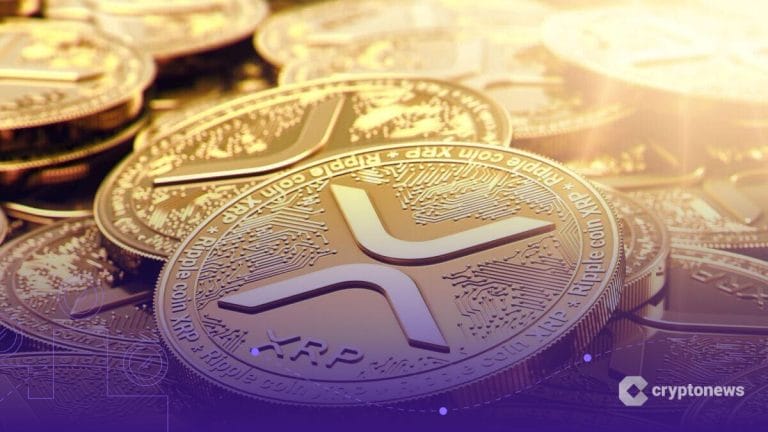Last updated:
 Why Trust Cryptonews
Why Trust Cryptonews

Ethereum’s transaction fees have plummeted to their lowest level since late August, averaging just $0.41 per transfer, according to data from on-chain analytics platform Santiment.
The significant decrease marks a stark contrast to the $15.21 high seen in the past two years, indicating potential bullish sentiment for Ethereum’s long-term price outlook.
Historically, low transaction fees on the Ethereum network signal reduced congestion, meaning fewer users are competing to process transactions. This can be seen as a healthy sign for the network, especially for potential long-term growth.
Lower Ethereum Fees Drive Adoption
Santiment noted that lower fees reduce barriers for new users and make Ethereum-based applications more accessible, encouraging broader adoption.
“When Ethereum transaction fees are low, it usually means the network is not overly crowded. These reduced costs make it easier for new buyers to enter the market.”
Lower fees often coincide with market phases where traders perceive ETH prices as “low” or “bearish,” potentially setting the stage for a market rebound as new participants capitalize on cheaper transaction costs.
Conversely, high transaction fees typically reflect heightened network activity, often driven by price rallies or increased usage of decentralized applications (dApps).
While such activity signals strong demand, exorbitant fees can deter users and lead to short-term price corrections.
Santiment said that extremely low fees, like those currently observed, tend to attract users back to the network, increasing overall utility and setting the groundwork for future price appreciation.
The current fee reduction suggests Ethereum is in a phase where transactional activity is subdued, allowing for cost-effective transfers.
This environment can be particularly appealing for developers, NFT marketplaces, and decentralized finance (DeFi) platforms that rely on affordable transaction costs for everyday operations.
Analyzing Ethereum’s historical fee patterns, similar drops in transaction costs have preceded price recoveries.
Traders and long-term investors often interpret these phases as accumulation opportunities, where buying interest grows as the network becomes more user-friendly.
The drop to $0.41 aligns with price levels observed in August 2024, just before Ethereum experienced a notable price bounce.
While fees alone don’t guarantee price direction, they remain a crucial market sentiment indicator.
Ethereum Exchange Supply Hits Record Low
As reported, a significant on-chain metric supporting ETH’s long-term bullish case is its rapidly declining exchange supply.
As of now, only 6.38% of Ethereum’s total supply remains on centralized exchanges, marking the lowest level since its inception.
This trend suggests that investors are moving ETH into cold storage, a signal that they intend to hold rather than sell.
Earlier this month, Ethereum experienced an unprecedented level of short selling, with futures contracts on the Chicago Mercantile Exchange (CME) reaching a record high of 11,341.
The surge in bearish bets, up over 40% in just a week and 500% since last November, indicated growing pessimism about Ethereum’s short-term outlook.




